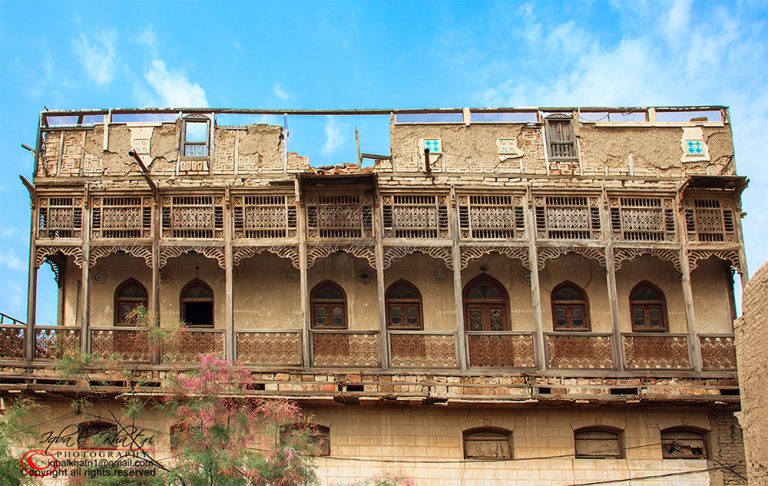
Everything from the brickwork, architecture, water supply system to the doors and ornamentation details is something that is uniquely Shikarpur in character, and has not been replicated elsewhere in the country.
By Muhammad Awais
It is a tragedy that people are not aware of the wonders of Shikarpur during its glory days in either the 17th Century or the early 20th Century. Located in the province of Sindh, Shikarpur was once one of the most commercially and strategically important points in the Subcontinent. It was a meeting point between great empires: The Mughals in the North and East, the Safavids in the West, and the various Afghan and Central Asian empires which surrounded it. But, in the words of local historian Naseem Mughal, Shikarpur was not just famous for its location but also “known for its literary figures, high-quality education and grandeur of its palatial buildings, gardens, food and amicable citizens…”
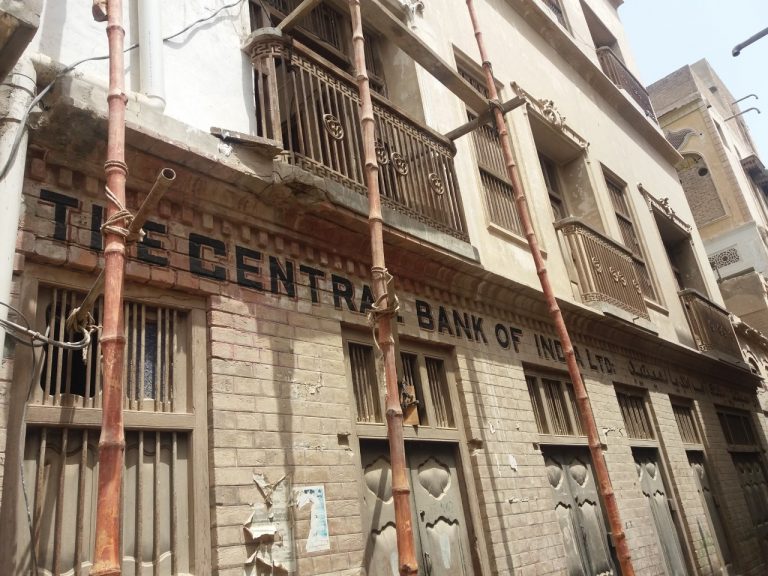
With new discussions on heritage conservation, an opportunity arises for discussions on conserving and protecting Shikarpur as well. One must demand action from the Sindh government to address the current state and issues of this once prosperous city, in order to restore and redeem some of its glory.
A Brief History
In the 17th Century, the area known as Shikarpur was covered by thick forests which served as hunting grounds or ‘Shikargarh’ for the Daudpota tribe of Sindh, given to them by the Mughals. However, this area was rife with tribal rivalries, which often split the land which was constantly shifting boundaries between powerful rulers.
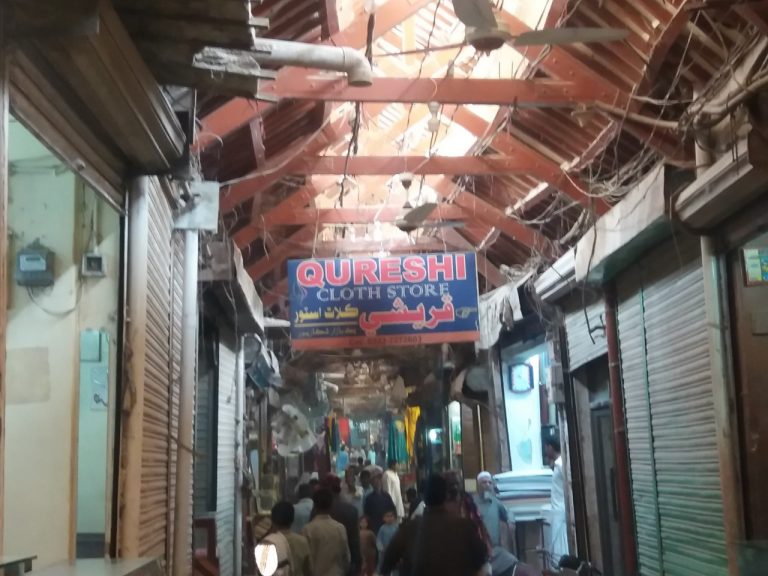
Shikarpur was slowly but gradually taken over by Mian Noor Muhammad Kalhoro, only to lose it to Persian Invader Nadir Shah’s forces. Nadir Shah’s commander and Afghan ruler Ahmed Shah Durrani, took over the area from the Kalhoros in 1753. It was during his reign that the city established itself as a vital financial center due to its proximity to the Indus River, and the first capital of the Durrani Empire, Kandahar. Most of the wealth came from Hindu merchants and moneylenders who shifted from Multan to Shikarpur en masse, and retained their links to businessmen and trade networks in Central Asia.
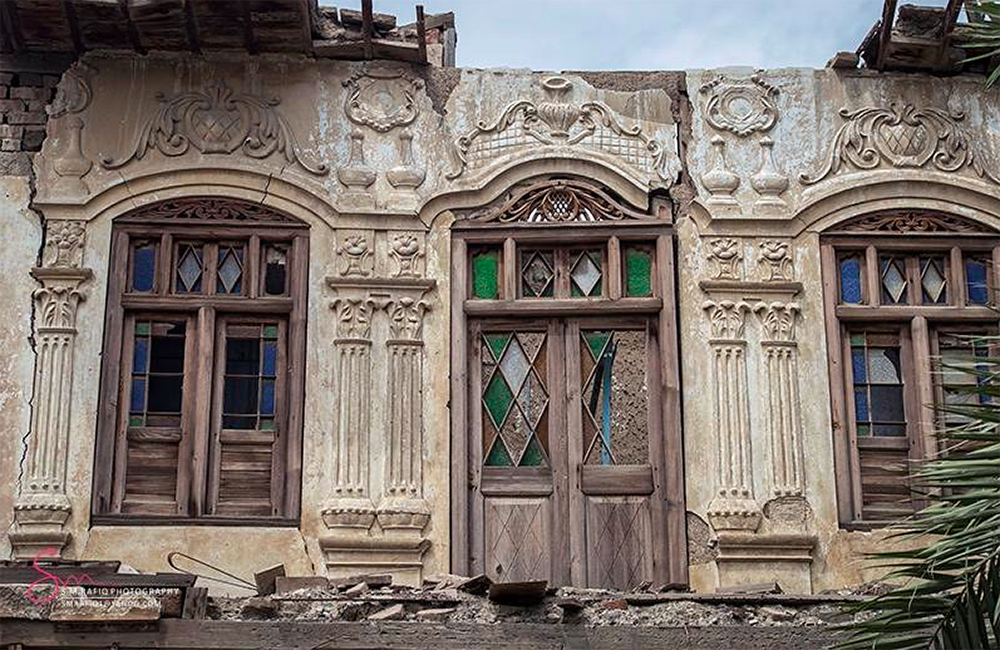
From the early 1800s, The British had their eyes on capturing and consolidating the area of Sindh from the Talpurs, who controlled a majority of the area (including Shikarpur). When they conquered Sindh in 1843, their plans for Shikarpur involved setting up something of a modern city with the help of the local elites. They also introduced Anglo-Mughal, European and French architecture to the city, while also encouraging local brick masonry work.
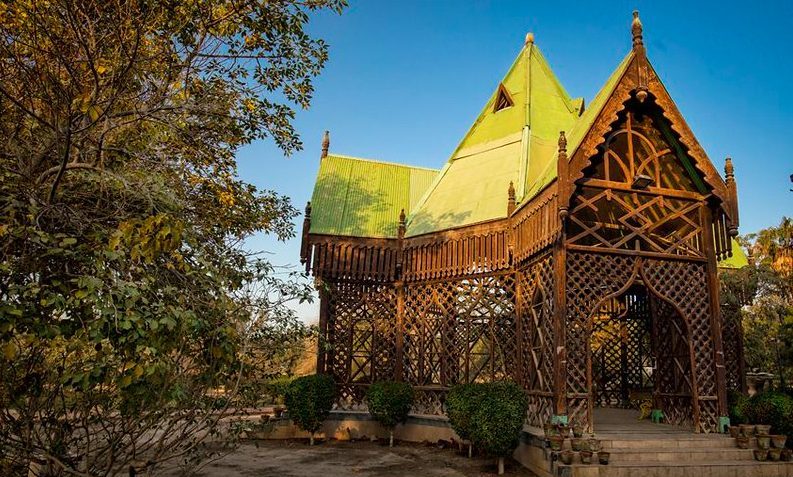
The Sights of Yesteryear
While the Walled City of Shikarpur was initially surrounded by a mud-brick boundary made by the Daudpotas, it was the Hindu traders, Afghan merchants and Muslim landowners who updated the city to modern infrastructure. According to architect Dr. Anila Naeem, everything from the brickwork, architecture, water supply system to the doors and ornamentation details is something that is uniquely Shikarpur in character, and has not been replicated elsewhere in the country.
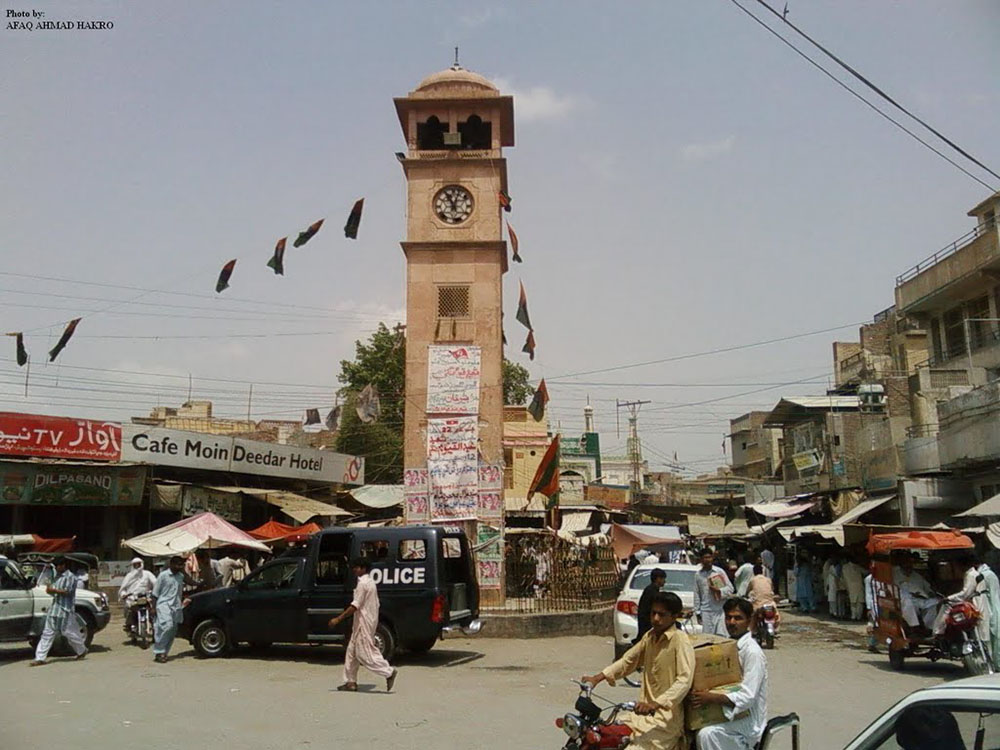
Lakhi Darr, one of the eight entrances to the Walled City, is where one finds some of the older buildings and sites, from the Mughal and British era. A brief walk from the gate later, one arrives at the famous Dhak Bazaar, Emperor Aurangzeb’s covered bazaar built in 1780-1790. The bazaar is one of the few heritage sites in the city that has remained relatively preserved, albeit in bad shape. The other is the redbrick Clock Tower, built by two Hindu businessmen in honor of their father, Seth Hiranand Nandramas Bhajaj in 1935.
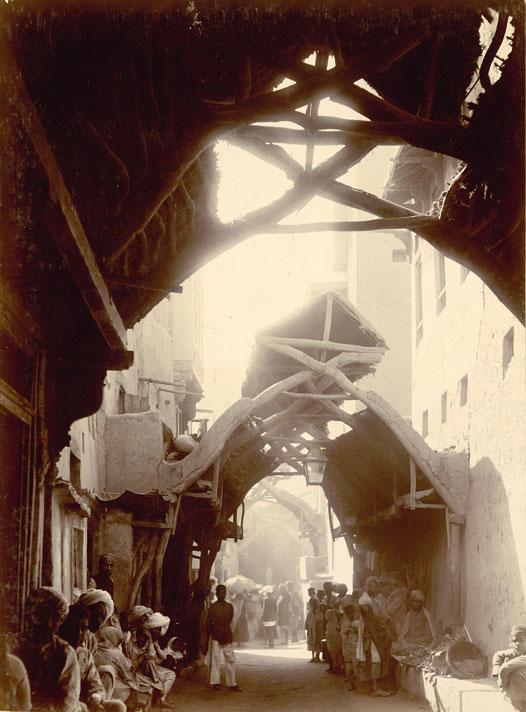
Colonial Shikarpur continued this tradition of collaboration between wealthy elites and the British, to create exemplary works of architecture which must have been breathtaking and functional. Shikarpur was the first city in Sindh to have schools and boarding schools, which were built using elite donations, and are still standing today.
Furthermore, a 100-year-old power plant which was set up by a Hindu businessman was the first of its kind in Pakistan, intended to provide electricity to the city’s traders and businessmen. The beautiful Rai Bahadur Udhods Trachand (RBUT) Hospital was built in 1933, in the crisp lines of colonial architecture with a well-kept garden next to it. The patron Rai Bahadur would provide healthcare and amenities to patients free of cost, and placed his name on the steps of the hospital, so that people entering the hospital walk over his name, and he may be of service to them.
For entertainment, the enticing Naz Cinema was the first of its kind to show films with audio in the Sub-Continent. Standing on the balcony, one can imagine the glitterati sitting in their seats, waiting for the show to begin. It was largely the abundance of such breathtaking and progressive infrastructure, which was what made people call Shikarpur the Paris of the East.
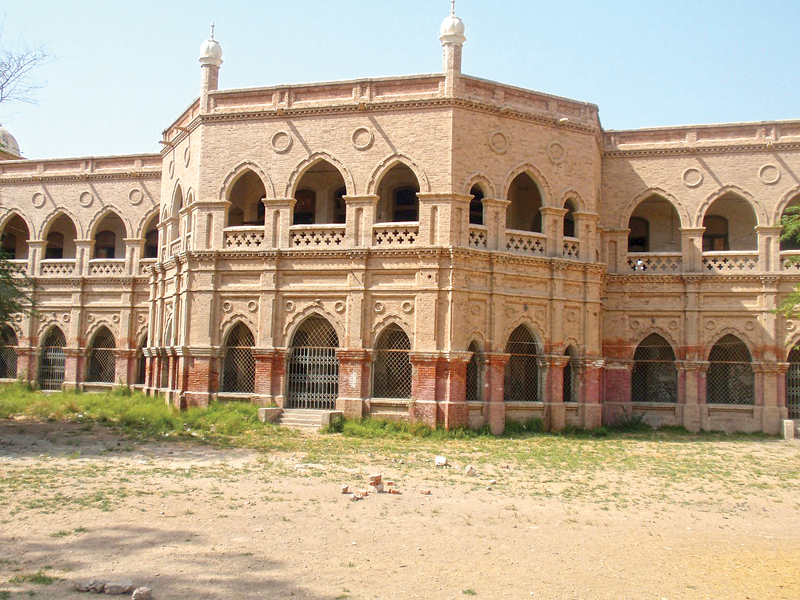
The Decline
After Partition, Shikarpur’s influence dimmed, as non-Muslim residents left for India, and Karachi established itself as the dominant financial hub of the new country. Meanwhile, Sukkur and Jacobabad became more strategically important for the new state of Pakistan, and much of the civil and military administration shifted there. Shikarpur began to slowly decline after the 1970s, when mass unemployment compelled many in the city to move elsewhere for white-collar jobs, and abandon the city to neglect. In recent times, Shikarpur has been marred by religious extremist violence and since the early 2010s, many have tried and failed to convince the Sindh government to treat the heritage sites of Shikarpur as a priority.
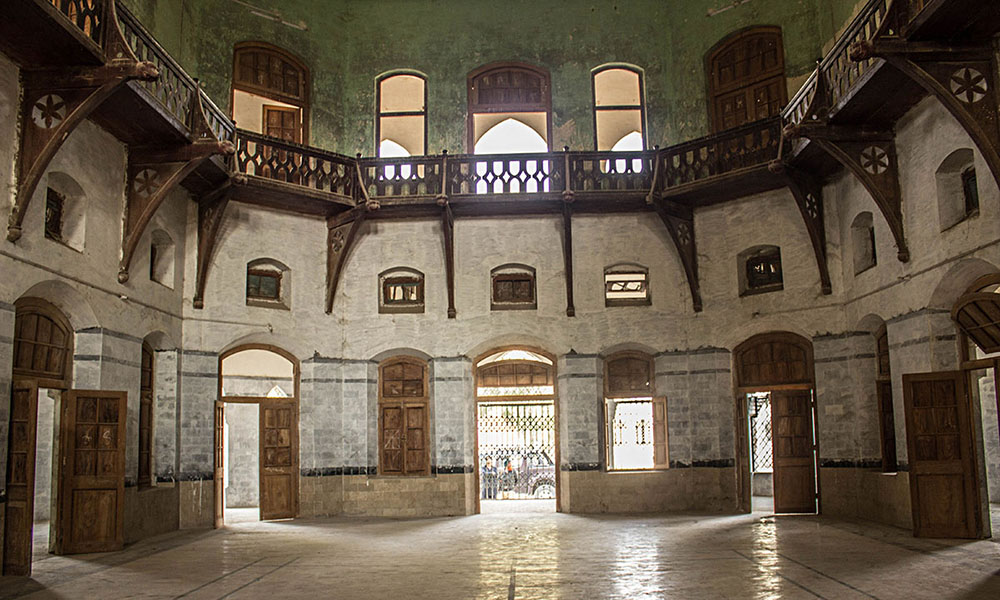
Unfortunately, much of the architecture is lost as these historic buildings have been victim to mass looting and plunder. Antique shops all over Sindh are filled with doors and windows from Shikarpur, which are used to embellish the homes of the wealthy and powerful. Most of the antiques, however, are shipped out of Pakistan to be sold in auction houses abroad.
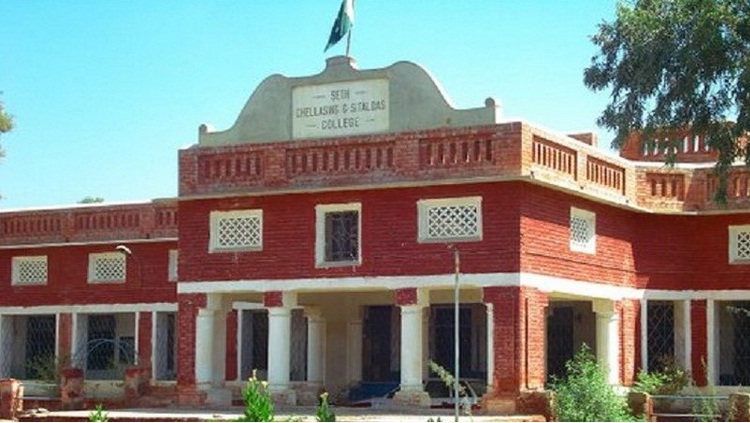
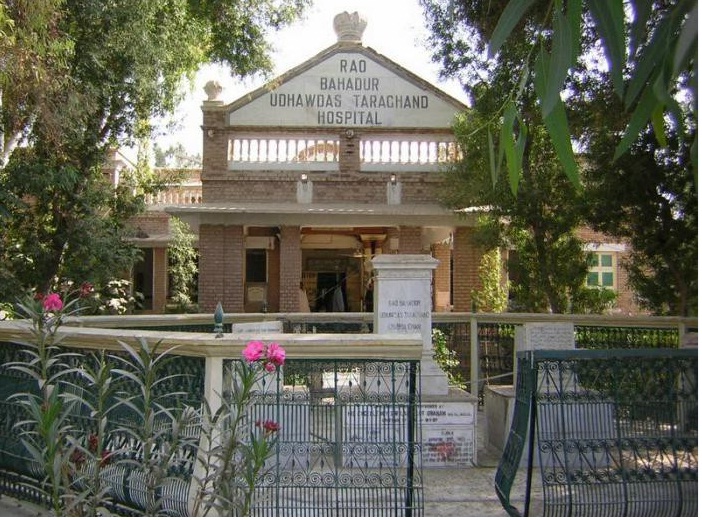
Meanwhile, the demolition of colonial buildings in Shikarpur continues unchecked. The buildings that are left behind are hidden by unsightly telephone lines, posters, and local vendors. Such erasure has not only been devastating for the city’s history, but has come at the expense of local artisans, who cannot utilize their skill and are forced to waste generations of expertise due to lack of work.
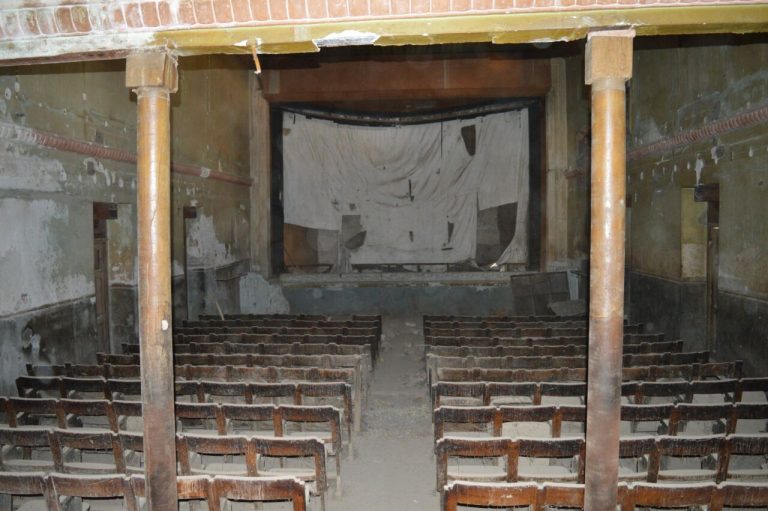
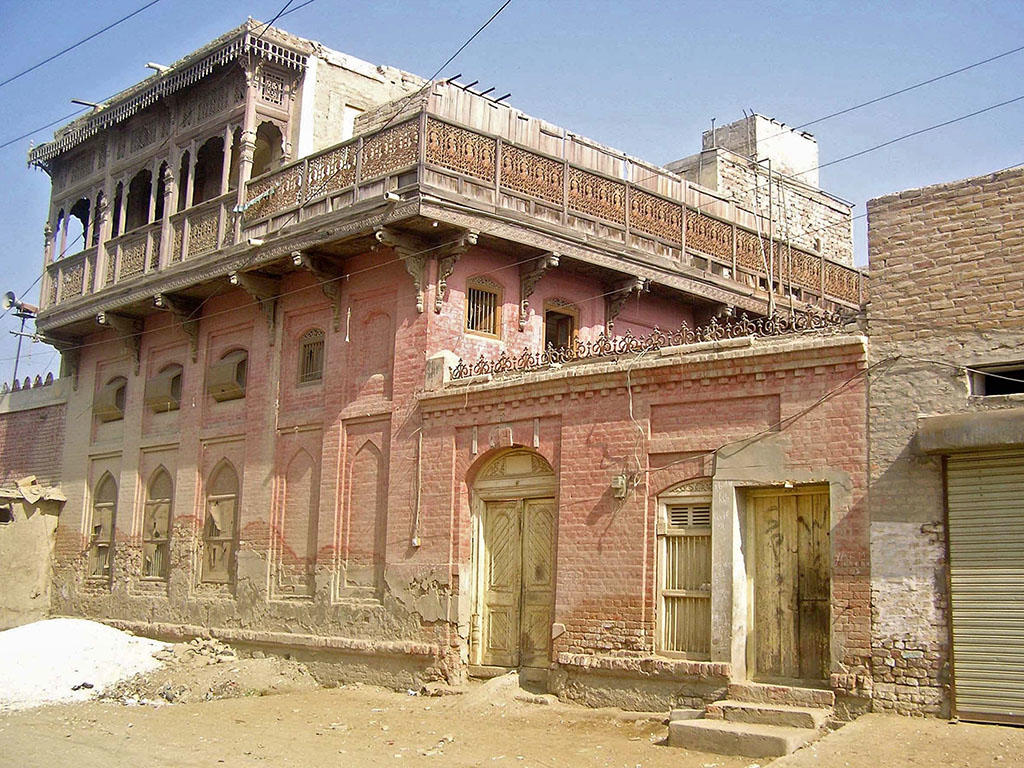
Shikarpur has become something of a graveyard of a rich and multicultural legacy that Sindh once possessed. For now, the Shikarpur of the past lay only in the imagination of those who grew up there. While it is difficult to completely retrieve the legacy that has been lost, steps can be taken to curb the black market of antiques in Shikarpur, and utilize local artisans for renovation work on the heritage sites. It is the responsibility of the provincial government to conserve the architectural gem of a city with such a rich and unique historical past.
_______________________
Courtesy: Youlin Magazine (Posted on: August 27, 2020)